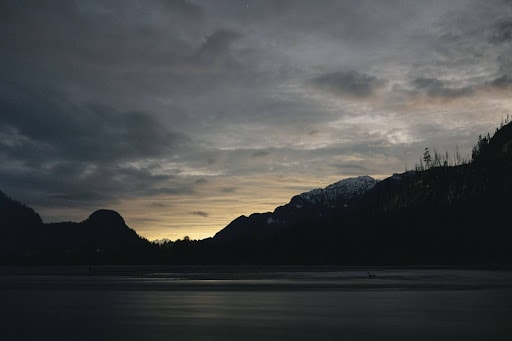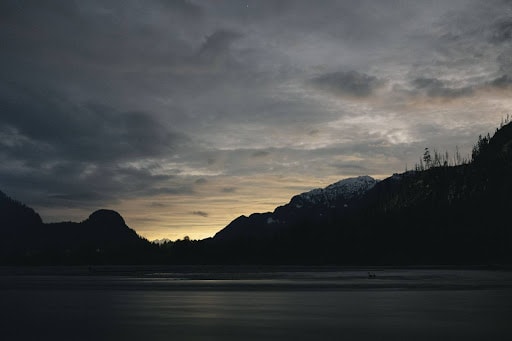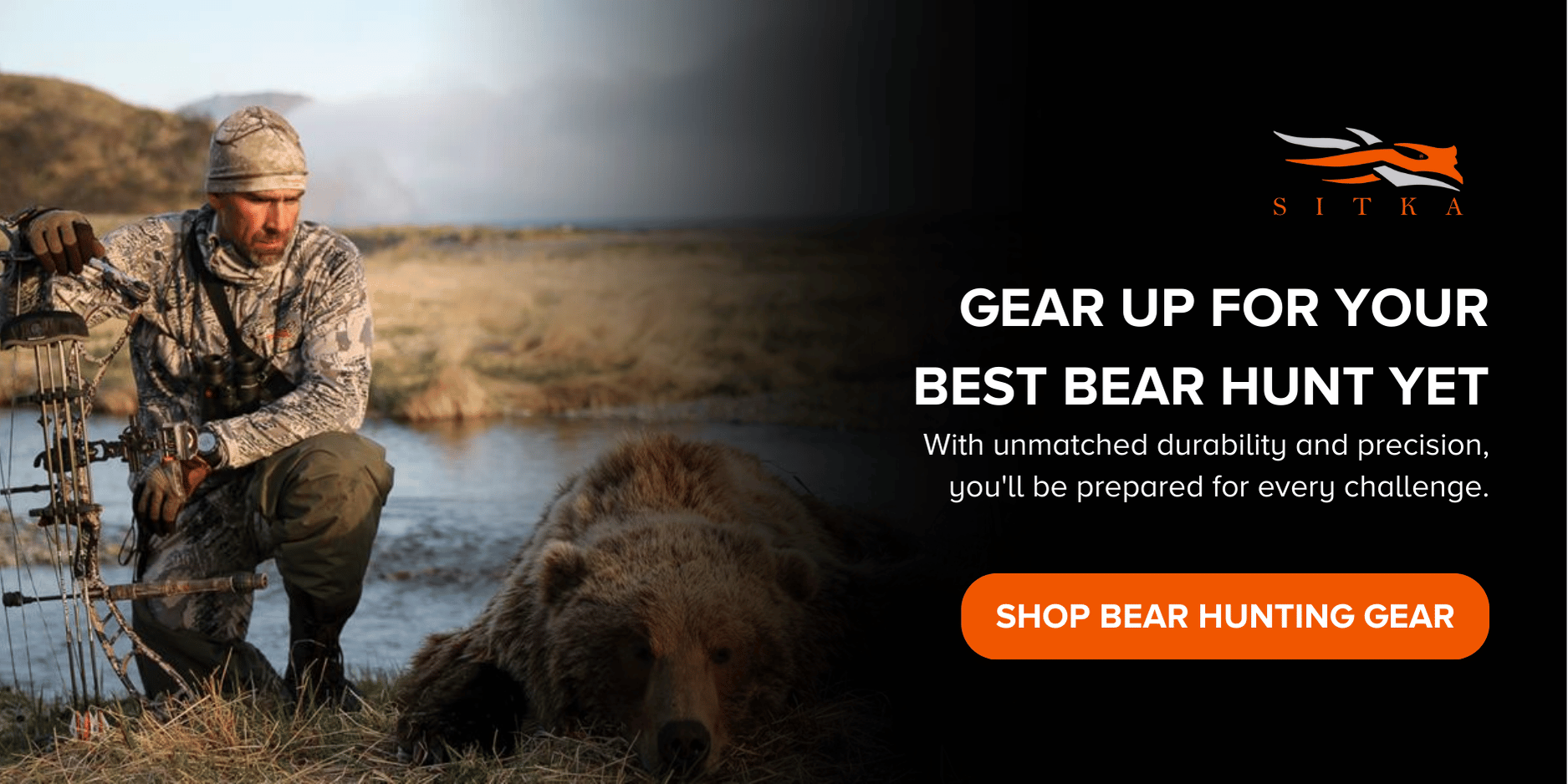Joe Fields | 7.31.2025
8 Bear Hunting Tips: How to Hunt Bear
8 Bear Hunting Tips: How to Hunt Bear
You could spend a lifetime hunting whitetail and never lose the thrill. Even so, many hunters enjoy the prospect of leveling up their hunt. And what better way than to take a shot at the forest’s mightiest creature: the bear.
In addition to the rush, bear hunting offers many perks. For one, bears roar into action during springtime (when they emerge from hibernation), making them an alluring off-season target. Eating bear meat also possesses a unique and exotic flavor—a departure from staples, like venison.
Learning how to hunt bear is no easy feat. Set yourself up for a successful hunt by observing these top 8 bear hunting tips.
#1 Scout for Bear Habitats Early
The last thing you want during your bear hunt is to spend your hunting trip wandering empty woods and encountering nothing but brush and mosquitos. Leverage advanced scouting by:
Utilizing imaging technology – Tap into the power of drone or satellite imagery to enhance your hunt. Survey nearby farm fields where bears love to devour corn, stalks, and all. Watch for wreckage paths—feeding bears leave a trail of demolished crops in their wake.
Focusing on berry patches – Nuts and berries are another bear favorite. When scouting locations, make note of any ridges or wetlands with high concentrations of natural resources like blackberry bushes or beechnut trees.
Reaching out to landowners – Since bears can wreak havoc on crops, many farmers welcome bear hunting parties. Once you’ve narrowed down your area, contact local landowners and gauge their interest in hosting a hunt.
Thorough scouting allows you to spend your “boots on the ground” hours in active pursuit, rather than in fruitless roaming. If you do come across pesky mosquitos, make sure you’re well-equipped with insect-repellent hunting clothes.
#2 Select the Right Hunting Clothes
When bear hunting, you’ll be at the mercy of the elements. Wind, rain, scalding sun—these forces can dampen your spirits and distract you from your goal: returning home laden with a winter’s worth of juicy bear meat.
The solution? Come prepared with proper bear hunting clothes. This includes staples like:
Hunting neck gaiters – For warmth and added concealment
Hunting jacket – To trap heat, repel rain, and conceal your presence
Hunting gloves – Hand protection without compromised dexterity
Proper attire can make or break your hunting experience. You’re the threat, not the environment.
#3 Hunt at Dawn and Dusk
Bears are most active just before sunrise and during the twilight hours. They often flop down for naps in the afternoon.
Plan to rise early and hit the hunting ground well before sunrise. Schedule a second sojourn near sundown. While you can certainly scout for prey during the day, mirror the bear’s natural roaming cycle for your best shot at a successful hunt.
#4 Utilize Calls
You should experiment with the full spectrum of bear-hunting techniques. These include:
Bait traps
Hunting dogs
Spot-and-stalk
Lurking near waterholes
One of the most thrilling methods is the predator call. These are vocalizations designed to mimic the cry of common bear prey, such as distressed fawns and jackrabbits.
You can create them with your hands or purchase ready-made whistles tuned to specific calls.
Rather than post up and wait, summon a fearsome beast directly to your location by using calls and setting up a bait station or bait barrel to attract bears to your hunting site. It’s an exhilarating experience.
#5 Stay Downwind
While hound dogs get all the attention when it comes to sniffing power, bears actually have them beat. Some experts estimate that bears can smell prey from 1-2 miles away.
Aside from minimizing your scent before setting out by showering with odor-free products, the best way to evade a bear’s supreme snout is to remain downwind.
You’ll need to pay close attention to the wind’s course before approaching, and you should stay wary of its change in direction as you stalk. While it’s impossible to entirely prevent a bear from catching your scent, you should always strive for the element of surprise.
#6 Watch for Bears with Cubs
Bear cubs require their mother’s care until they reach around 16-18 months old. Shooting a mother (called a sow) accompanied by young cubs would leave them defenseless and destined for an early demise. Many hunters consider this unethical as it inflicts unnecessary casualties on the local bear population. When scoping out your prey, avoid approaching a mother and her litter. Likewise, if you encounter a smaller bear (50 lbs or under), stand down.Make the Most of the Waiting Game
When the turkeys are MIA and the rain keeps coming down, you might be tempted to throw in the towel and come back when the skies have cleared. This is the time to practice the hunter’s sacred virtue of patience.
#7 Practice Shot Placement
With a bear, one trigger pull may be all you get. Make it count by rehearsing it ahead of time.
To ensure a lethal shot:
Take your time – Although bears rarely sit still for long, you can’t let their unpredictable movements goad you into a rushed attack.
Think pass-through – Wounded bears, because of their heavy fur, don’t leave much of a blood trail. Maximize blood flow by striving to produce an entrance and exit wound.
Aim for the middle – Your best bet is a clean, double-lung shot. Target the middle of the body, cheating slightly toward the shoulders.
Since bears are quite fierce, it pays to nail them with the first shot. They won’t take kindly to a graze, and you likely won’t get another crack at them.
#8 Field Dress Your Bear Quickly
You’ve successfully stalked a bear, taken a broadside shot, and tracked the blood trail. Congratulations—that takes some doing.
But it’s not time to savor the moment yet. To prevent the meat from spoiling, you must rapidly field dress your kill.
Field dressing refers to the immediate removal of internal organs from the slain carcass. This is critical to preserve the meat for later consumption. If you wait too long, you risk contamination by harmful bacteria like:
Salmonellae
Escherichia coli
It’s also critical to cool the meat as quickly as possible to ward off spoilage. Before your trip, thoroughly research dressing techniques or bring along experienced companions who have harvested bear before.
Explore Bear Hunting Gear by SITKA
Only a small slice of humanity gets the pleasure of tracking and shooting a bear. If you receive the opportunity, count yourself fortunate.
Free your mind to savor the experience by coming prepared with SITKA’s top-shelf performance hunting gear. We’ve worked tirelessly to transform hunting clothes into rugged, durable tools. Our expert designs guard you against the elements while preserving mobility.
For those planning their first hunt: Explore the SITKA System Builder, our personalized gear selection tool. And for those embarking on their 1000th outing: Discover how you can level up today.
Sources:
National Park Service. When Bears Wake Up.
Internet Center for Wildlife Damage Management. Black Bear Damage Identification.
First Light Wildlife Habitats. Beechnuts - Superfood for Bears & Other Wildlife
North American Bear Center. Quick Black Bear Facts.
National Park Service. Bear Series, Part One: A Bear's Sense of Smell.
Vermont Fish and Wildlife Department. Bear Hunting Tips and Techniques.
PennState Extension. Proper Field Dressing and Handling of Wild Game and Fish.


